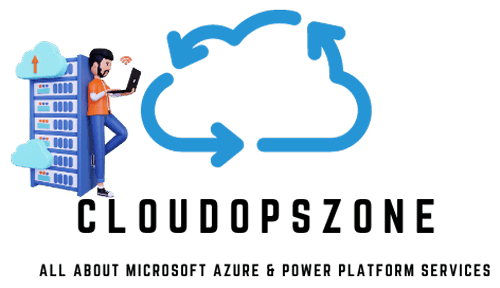When you create a new Power Pages site, you do not need to buy an SSL certificate because Microsoft automatically provides one for all sites hosted under the *.powerappsportals.com domain. What if you don’t want to use the default domain inherited by the system automatically and want to use a custom domain?
In this case, there are some actions you need to take:
- Buy a new SSL certificate from a trusted Certificate Authority (CA)
- Upload the certificate to the Power Platform admin centre
- Bind the SSL certificate to the custom domain
For a Dev Power Pages portal where you don’t want to pay money to buy a CA Certificate, there are many sources you can use to generate one:
In this article, I show how to create a certificate for your development Power Pages portal using win-acme. The instructions can be found in my other article (Power Pages – Create Free PFX Certificate for Dev site), where I outline the steps for the Win-Acme wizard and domain registrar configuration.
Before starting the process, I recommend checking your custom domain’s records with a DNS Propagation Checker like http://www.whatsmydns.net
Custom domain with SSL Certificate configuration
Navigate to the Power Platform admin portal.
On the left-hand pane, select Manage – Power Pages, choose your Power Page site, and click on the command bar, the Manage button.

In the Security section, select “Manage SSL certificates”

First, select “Upload a new certificate,” then click the “Upload file” button to upload the PFX certificate you created earlier, following the instructions from the other article.

For my demo purposes, I named the PFX certificate after my custom domain name, i.e., build.ggrammatikos.com.pfx, and selected the file.
![]()
Enter the password created during the PFX certificate setup process and click Next.

At this point, I want to emphasize that you should add a CNAME record to your domain registrar’s DNS records, like the one shown below.
The CNAME record should have:
- HOSTNAME: The custom domain name you want to use, i.e. build.ggrammatikos.com
- CANONICAL NAME (CNAME): The Power Pages site name UR,L i.e. devportal-cloudopszone.powerappsportals.com.
(You can get the site name from the Site Details  )
)
Here is an example of a CNAME record I added to my domain registrar’s portal.

In the “Add a hostname” step, enter the domain name, such as build.ggrammatikos.com, and click Next.

Next, I will create the SSL binding between the custom hostname and the SSL certificate. Essentially, I need to click the Next button to proceed.

The final step in the wizard entails reviewing the configuration and clicking the Close button to finish the process successfully.

Test the configuration
Now that we have completed the configuration, let’s conduct a test to check if it works by following two steps.
Step 1. Access the Site Details through the Power Platform admin portal. There, you will see the Custom URL value populated.

Step 2. Navigate to build.ggrammatikos.com and verify that the Connection is secure and the Certificate is valid.


